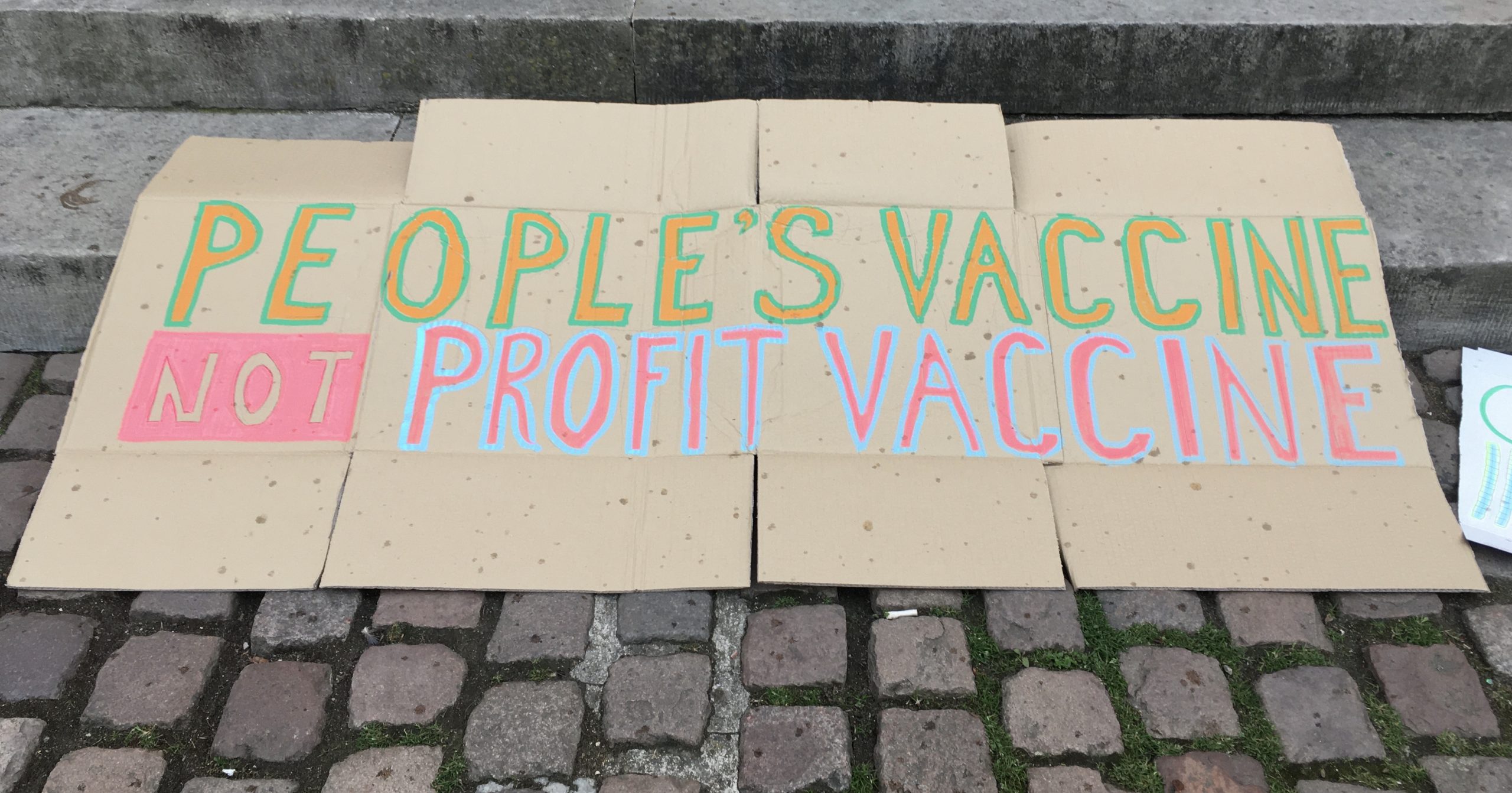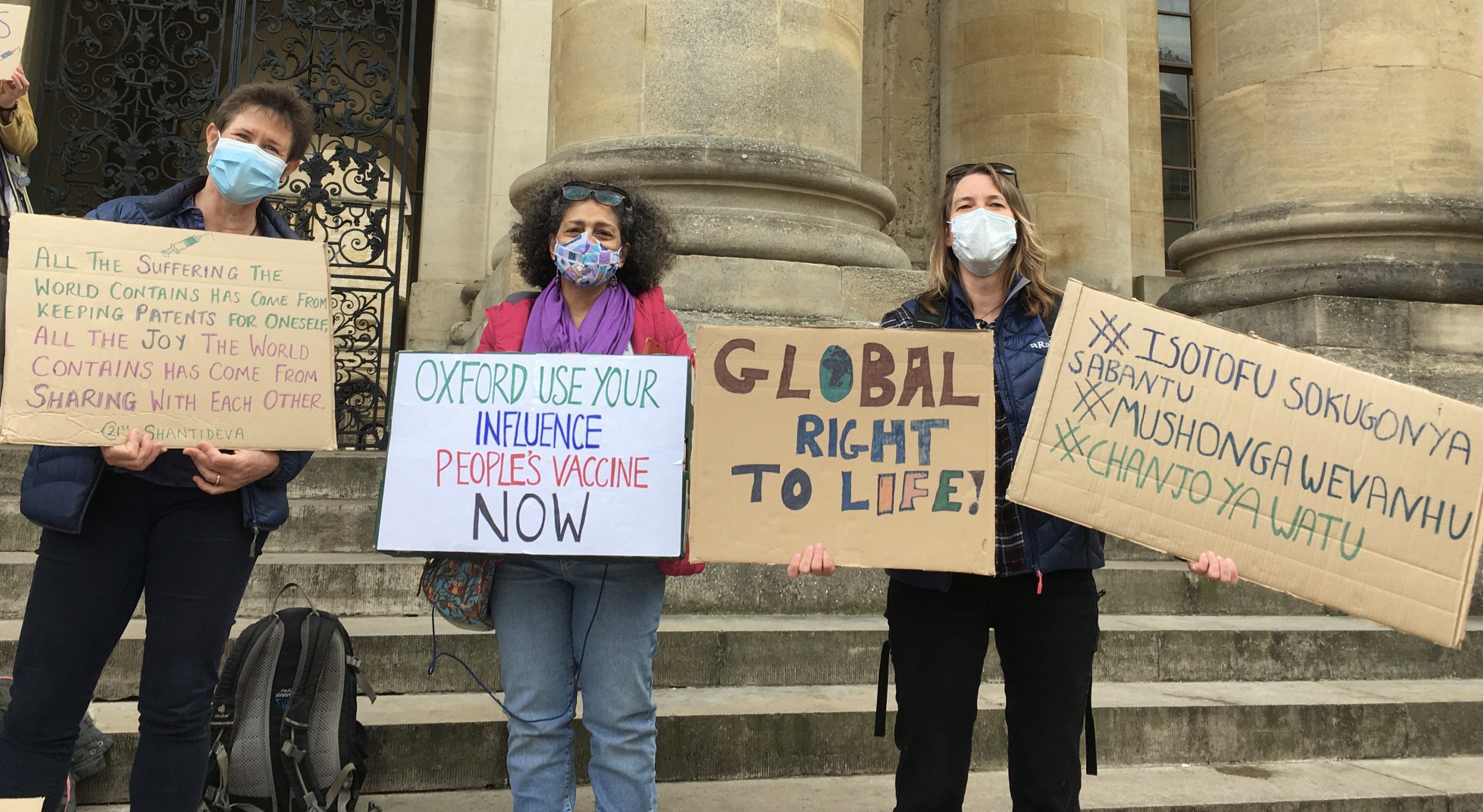CW: sexual violence and rape
Sarah Everard’s tragic passing in March of this year and the ensuing interest in the @everyonesinvited Instagram account, which shares anonymous testimonies of sexual harassment at secondary schools and universities, catalysed a chain reaction of discussions. From top government officials to family and friends, everyone was talking about women’s safety. Shortly after Everard’s death, Home Secretary Priti Patel stated that “every woman should feel safe to walk on our streets without fear of harassment or violence”, and Prime Minister Boris Johnson took to Twitter to express his “shock” and “sad[ness]” at the “horrifying crime”. In the context of these recent events, I was able to meet with Sofia Baldelli, third year medic and President of Atalanta’s society, to discuss issues of sexual harassment and assault in sport at Oxford.
Atalanta’s is a society that “promotes and supports” women in sport at Oxford. The club was initially founded in 1992, partly in reaction to Vincent’s Club which, at the time, accepted only male members. While Baldelli acknowledges that the social dimension of the society, which enables sportswomen to meet each other, is “commendable”, she emphasises that Atalanta’s “creates” a mutually supportive “community” that aspires to improve the general environment for women in sport at Oxford. For example, they provide financial aid for both teams and individual players, promote matches via social media, and carry out outreach work. In addition to raising funds for various charities, members join forces with Vincent’s Club to run an outreach sporting camp for school-age children annually. Baldelli stresses that Atalanta’s strives to become a “force for change”, and make “room to keep trying to push” Oxford sport, which was originally built for men, in the “right direction”.
Recently, for instance, Baldelli is “most proud” of their work on issues of sexual harassment. At Iffley Road Sport Centre, Atalanta’s spearheaded a scheme to put up posters in bathrooms that detail steps one can take after experiencing sexual harassment. The society is also working with the Sports Federation and “It Happens Here”, an anti-sexual violence campaign associated with the Student Union. One of Atalanta’s aims is to establish a specific reporting system whereby whole sports teams and even clubs can be held accountable when an incident of sexual harassment or any form of discrimination occurs. This is not, she is careful to say, a system in which everyone would be castigated for the actions of a few individuals. Rather, this shifts the emphasis from punitive retribution to collective accountability. Captains would have to provide evidence that they had acknowledged the incident and held a team wide discussion to identify what they need to do differently. “Peers holding each other accountable is really important”, Baldelli says, and an effective method of ensuring that there are consequences for inappropriate behaviour. As she emphasises, this is about “all women and gender non-conforming individuals in Oxford” who interact with sports players and deserve to feel and be safe. She notes that such a reporting system, as well as the posters at Iffley, seem like “common sense” necessities, and is proud that Atalanta’s is at the forefront of such grassroot efforts to change sport at Oxford for the better.
In a sense, however, any such change for the better is bittersweet because it was so desperately needed earlier. In a discussion with one of Atalanta’s trustees, Baldelli learnt that she (the trustee) had established a sexual violence charity in Oxford in the early 2000s, and that she could not believe that the situation had not improved almost twenty years on. While Baldelli is appreciative of the recent emphasis on women’s safety, this is tinged with a “slight resentment” because it is so long overdue. She also draws attention to the fact that this is a mainly female-driven enterprise, describing being in a meeting full of women to discuss these issues and wondering where the men are. That said, she points out that Vincent’s Club has recently come out with a no tolerance policy for sexual harassment, and that Atalanta’s male members, who are all involved in women’s sport in some way, are leading the way by implementing changes and leading discussions. Baldelli stresses that men should use their platforms in this context and that, equally, there should be space for the voices of historically marginalised socio-demographic groups to speak out.
Earlier this year, Atalanta’s compiled a small pool of testimonies of incidents of sexual harassment and assault that occurred within the context of sport at Oxford. In addition to a number of reports about groping, there were over ten reports of non-consensual sex. While unsure of the scope of circulation and uptake, the fact that such a large number of rapes happened in contexts tied to Oxford sports teams is, as Baldelli said, “harrowing”. Another common theme of the testimonies, which mainly occurred in nightclubs and other social settings, was the lack of response and sense of powerlessness in the face of injustice. Many did not know where they could report the experience to and, when they did, were “blatantly ignored”. In contrast to Boris Johnsons reaction to Everard’s murder, Baldelli maintains that this is “not shocking”, but rather, to be expected. The poor structural support for reporting incidents of sexual assault and even poorer response to those that are reported make such experiences common. This is not exclusive to the university reporting system: only 1.5% of reported rapes, which represent just a fraction of those which take place, result in legal action. This lack of accountability has reached endemic proportions, and the testimonies, for Baldelli, “really highlighted that things need to be done in the sport setting” at Oxford and in society at large.
On an individual front, Baldelli emphasises the power of discussion as a force for change. This can be as simple as reading the posters at Iffley, or talking about these issues with family and friends. “There is no individual without the collective”, Baldelli summarises, and the impact of even one person taking note and demanding accountability cannot be overstated. Again, this is not simply an issue of women’s safety, but applies to all forms of harassment and discrimination. As students, we all live in Oxford for a significant proportion of the year, and should all take responsibility for making it a safe place. Societies and sports clubs should enact this on a larger scale. On the 27th of March, Atalanta’s released a statement urging university sport captains and presidents to join them in standing “in solidarity with those who have been affected by acts of sexual violence” or “discrimination based on their gender, sexuality or race” and “bring about changes within their clubs so that everyone can feel safe and supported within Oxford sport”. Ideally, Baldelli explains that every club would release a similar letter acknowledging what has been done wrong, what has not been done, and what can be done to improve the situation. In addition to vocalisations of support, however, she emphasises the necessity of concrete action and a more general change in the ethos of sporting culture at Oxford. Baldelli believes that, at the present moment, there is “too much of a culture” where individuals feel pressured to “let [cases of sexual violence] slide”. With the cumulative efforts of Atalanta’s, other clubs and individuals, she hopes to engender a culture of increasing accountability.
While Baldelli stresses the positive effects of discussion, she is cognisant of the fact that this can sometimes feel like a burden. As well as personal experiences of sexual violence, the general ubiquity of distressing news on this topic can, in her words, be “exhausting”. There is no one-size-fits-all solution to this, or perhaps even a solution, but Baldelli suggests that one should “take comfort from friends”, from “the people around you” and from “the fact that you know that there are people out there” trying to change things. And Baldelli herself believes that “things are changing”, like the small but tangible example of posters in the Iffley bathrooms. Ultimately, one needs to find a “balance” between promoting discussion and one’s own welfare because, “when it comes down to it”, this movement is essentially about health and wellbeing.
In terms of Atalanta’s short-term goals, Baldelli explains that they aim to design and produce final posters with comprehensive flowcharts that outline the steps of a robust reporting system. At their general meeting at the end of this term, the society is introducing a welfare representative, which will hopefully allow Atalanta’s to support even more members and non-members in situations of sexual harassment and assault. In the long-term, and more abstractly, the society aims to create a space for these kinds of issues be talked about, particularly those to do with women and women’s sport. In terms of more general, structural changes, Baldelli would like to see a complete “overhaul” of the university’s sexual harassment reporting and welfare system.
While the prevalence of manifestations of rape culture in sport at Oxford are distressing beyond measure, it is heartening to see that societies like Atalanta’s and people like Baldelli and their other members are so committed to combating this. I follow Baldelli in maintaining “hope that things will change”, and in personally taking measures to contribute to making sport and life at Oxford safer and more supportive.
Image courtesy of Sofia Baldelli.





